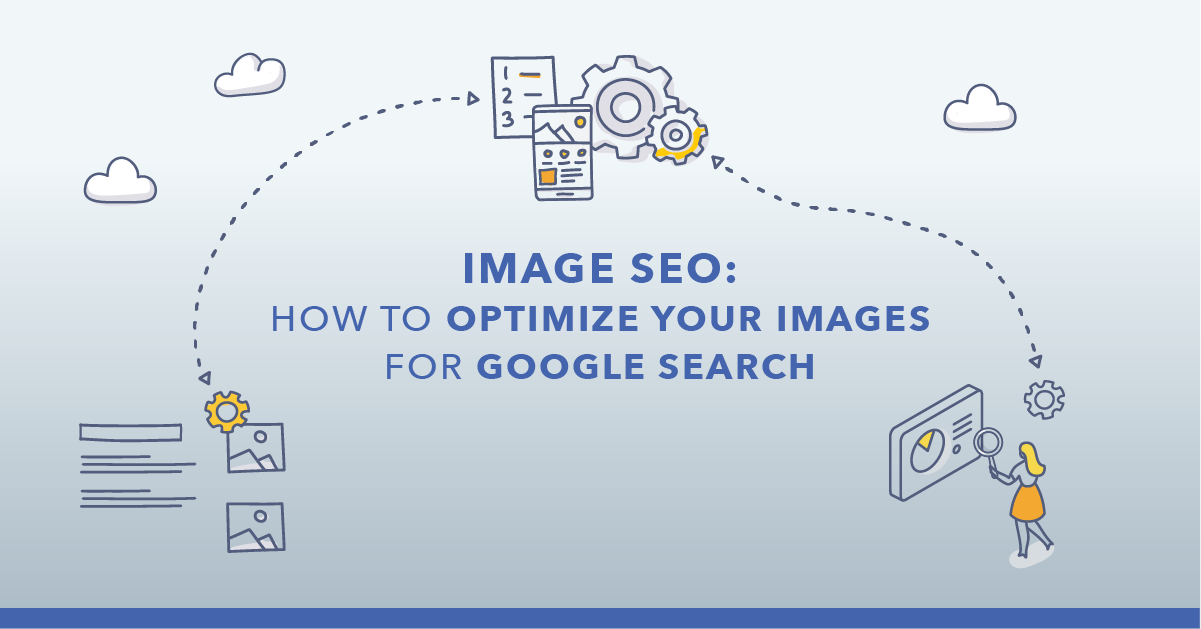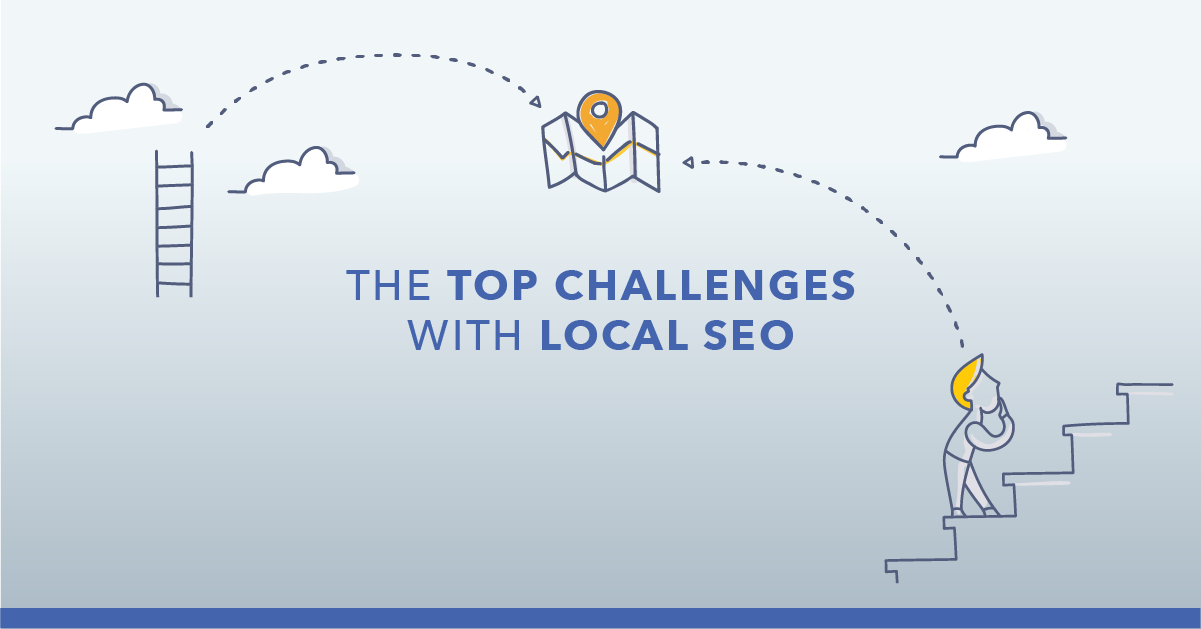A major retail brand* with a massive ecommerce website wanted to increase organic traffic, but their SEO team encountered difficulties due to the nature of their constantly evolving site taxonomy. Here’s how they worked with seoClarity to solve that challenge.
*Out of respect for our client, we have chosen to keep this case study anonymous.
Challenge: Site Taxonomy Complicates SEO Segmentation
The retail brand’s merchandising teams were each responsible for different product categories. They constantly made changes to site pages to reorganize, enhance, or add to these product categories.
Changes to the site’s architecture, though important for driving buyer behavior forward, only stalled the SEO team in their reporting and analysis.
Because the URLs lacked category and sub-category variables, they had to manually adjust each keyword or page group they were monitoring in organic search every time there was a site update.
These constant changes caused issues with reporting, organization, and monitoring which prevented them from having an accurate view of category performance.
Recommended Reading: SEO Segmentation to Scale For SEO Success
Solution: Dynamic SEO Keyword and Page Grouping
Advanced dynamic keyword and page grouping opened up a world of opportunity by simplifying SEO segmentation for the retail brand.
With this solution, seoClarity crawled the retailer's breadcrumbs across their product and category pages to create the groupings automatically. This offered:
- Seamless creation of category page groups based on the breadcrumbs across all pages
- Automatic keyword tags based on highest ranking URL
- The ability to check and assign keyword groupings to a keyword if it:
- Ranked in a certain position
- Had a competitor ranking
- Contained certain terms appearing in the SERP
- Triggered/did not trigger certain SERP features
Advanced, dynamic groups from seoClarity allow for sophisticated and seamless groupings in any way needed, including:
- Rules based on URL structure or highest ranking URL,
- Crawl data, like breadcrumbs or content on the page
- Third-party data sources like a CMS or ecommerce platform, and lookup files
… among many other unique data points which had otherwise been manual to them.
Results: 960+ Hours Saved
The SEO team saved approximately one week’s worth of time to their process per merchandising team per quarter, which totaled a time savings of 960+ hours of manual work.
Their previous process required a manual process, and with seoClarity it happens automatically.
Together, the SEO and merchandising teams unlocked a more proactive focus on their SEO and improved reporting, monitoring, and performance management.
Conclusion
The preserved configuration of existing keyword groups and dashboards and removal of the manual process created more accurate reporting for the SEO team. Any new changes within the retail site's taxonomy are now seamless.
Advanced dynamic grouping is available to all seoClarity clients on a Pro Subscription Package.
For enterprise brands looking to manage SEO performance based on any segment, request a demo today to avoid the scramble and disorganization with a constant change to your site taxonomy.



.png?width=140&name=Untitled%20design%20(10).png)



Comments
Currently, there are no comments. Be the first to post one!